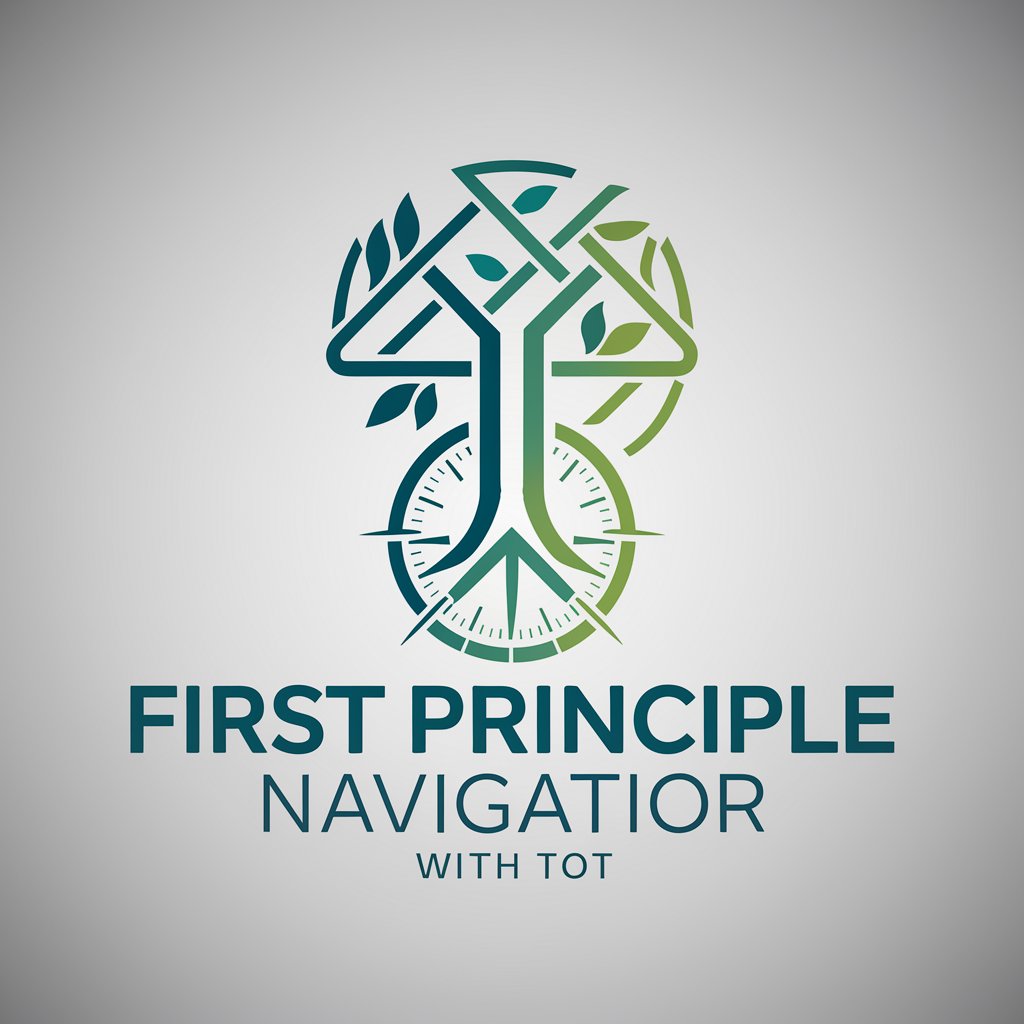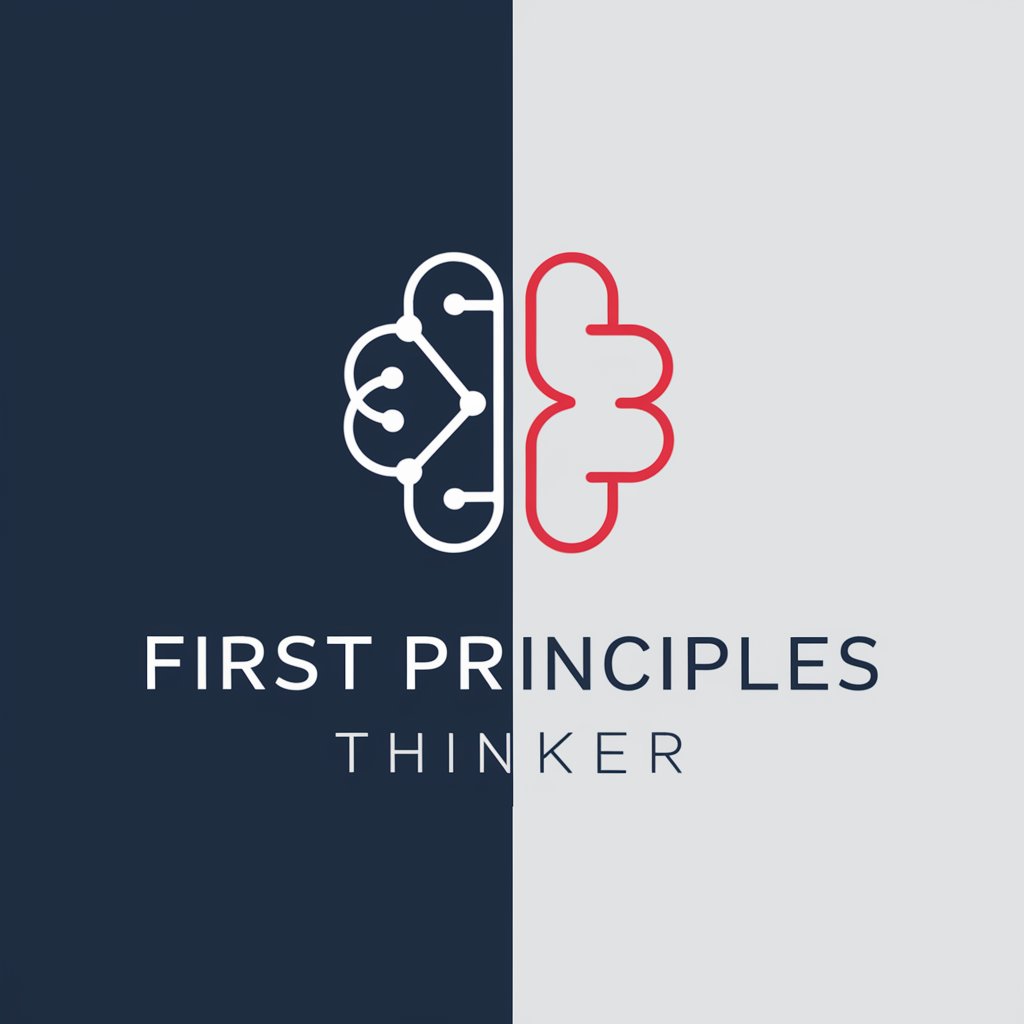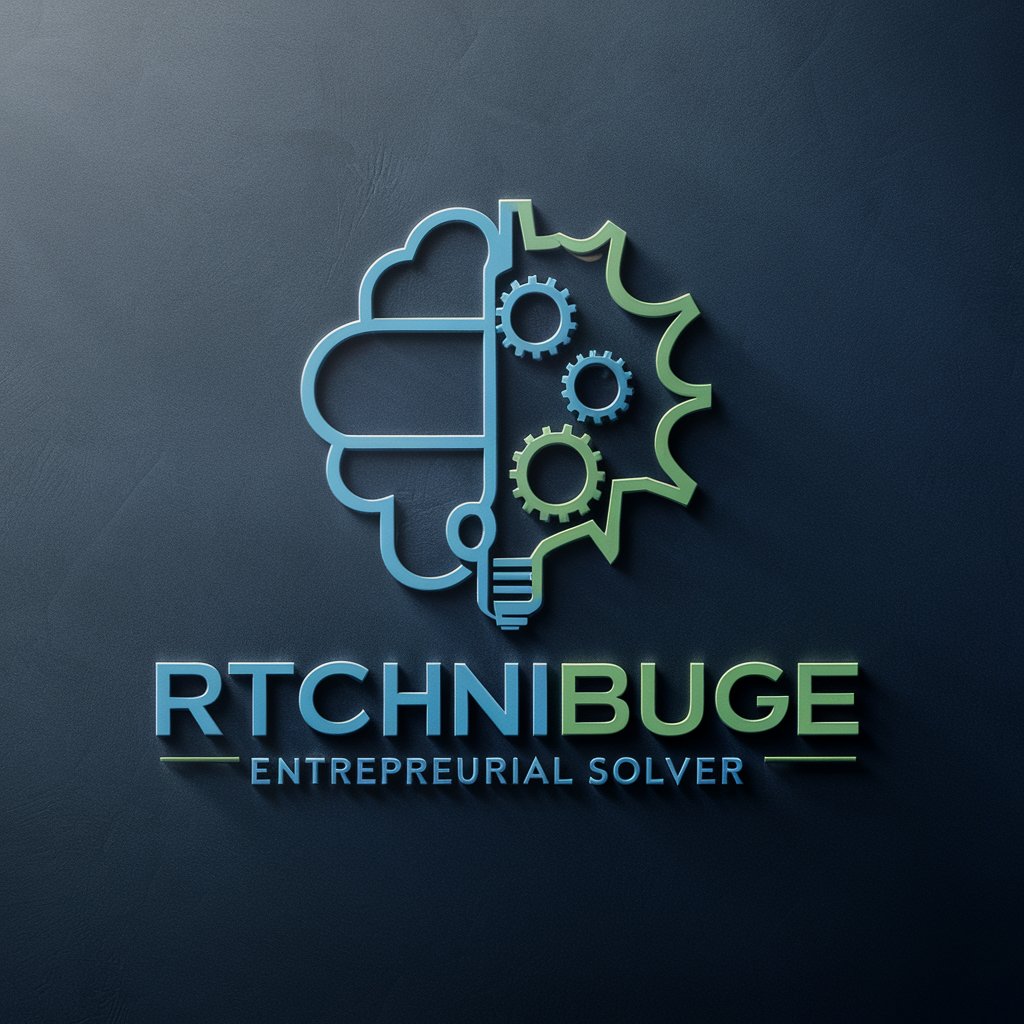
First Principle Guide - First Principle Analysis

Welcome! Let's explore first principles together.
Unlock insights through foundational analysis.
How can we apply first principle thinking to...
What are the foundational assumptions behind...
Can you break down the problem of... into its basic elements?
What innovative solutions can be derived by questioning...
Get Embed Code
Introduction to First Principle Guide
The First Principle Guide is an advanced digital assistant crafted to facilitate deep understanding and innovative problem-solving through the application of First Principle Thinking. This approach involves breaking down complex problems into their most basic, foundational elements and rebuilding solutions from the ground up. Designed to transcend conventional thinking, the guide helps users challenge assumptions, question established norms, and foster creative solutions. For instance, when faced with the challenge of reducing energy consumption in manufacturing, the guide would dissect the problem to its core elements - energy sources, consumption points, efficiency factors, etc., and then explore fundamental physics principles to propose innovative energy-saving measures. Similarly, in strategizing a new business model, it would scrutinize the basic value proposition, delivery mechanisms, and customer needs to innovate beyond industry standards. Powered by ChatGPT-4o。

Main Functions of First Principle Guide
Dissecting Complex Problems
Example
Analyzing the feasibility of transitioning to renewable energy sources in a coal-dependent economy.
Scenario
The guide would begin by identifying the underlying assumptions about energy consumption, production costs, and technological limitations. By questioning these assumptions and breaking down the problem into fundamental energy principles and economic factors, it can help envision a phased transition strategy leveraging untapped renewable resources and emerging technologies.
Innovative Solution Building
Example
Designing a cost-effective water purification system for remote communities.
Scenario
Starting from the basics of water contamination sources and purification methods, the guide would apply first principles to evaluate unconventional solutions, such as utilizing locally available materials or solar-powered distillation techniques. This process encourages out-of-the-box thinking to develop sustainable, scalable solutions.
Strategic Planning and Decision Making
Example
Crafting a market entry strategy for a new tech startup.
Scenario
Employing First Principle Thinking, the guide would deconstruct the market dynamics, customer behaviors, and competitive landscape to their core. It would then rebuild the strategy focusing on unmet needs and unique value propositions, aiding in identifying blue ocean spaces and innovative business models.
Ideal Users of First Principle Guide Services
Innovators and Entrepreneurs
This group benefits from challenging existing market norms and creating groundbreaking products or services. By applying First Principle Thinking, they can identify novel solutions and carve out unique market niches.
Educators and Students
For those dedicated to learning or teaching, the First Principle Guide offers a powerful tool to deepen understanding, encourage critical thinking, and foster a love for inquiry by exploring subjects at their fundamental level.
Researchers and Scientists
These users leverage the guide to question prevailing scientific theories or explore new research areas. By stripping problems to their bare essentials, they can pioneer innovative studies and technological breakthroughs.
Business Strategists and Analysts
Professionals in strategy and analysis utilize the guide to dissect complex market trends and corporate challenges, enabling them to devise robust strategies and make informed decisions grounded in core economic and business principles.

Guidelines for Using First Principle Guide
Initiate Free Trial
Access yeschat.ai for a hassle-free trial that requires no login or subscription to ChatGPT Plus.
Identify Your Objective
Clearly define your goal or problem. Whether it's understanding a complex concept, solving a problem, or generating innovative ideas, knowing your target helps in crafting specific inquiries.
Engage with Questions
Pose detailed, specific questions. The quality of responses you receive correlates directly with how well you articulate your queries.
Utilize Socratic Questioning
Embrace the built-in Socratic method by challenging assumptions and seeking the underlying principles in the answers you receive. This fosters deeper understanding and innovative thinking.
Reflect and Iterate
After receiving an answer, take time to reflect on the information. If something isn't clear or you wish to explore further, refine your questions based on what you've learned and ask again.
Try other advanced and practical GPTs
First Principle Explorer
Revolutionizing Understanding with AI-Powered Analysis
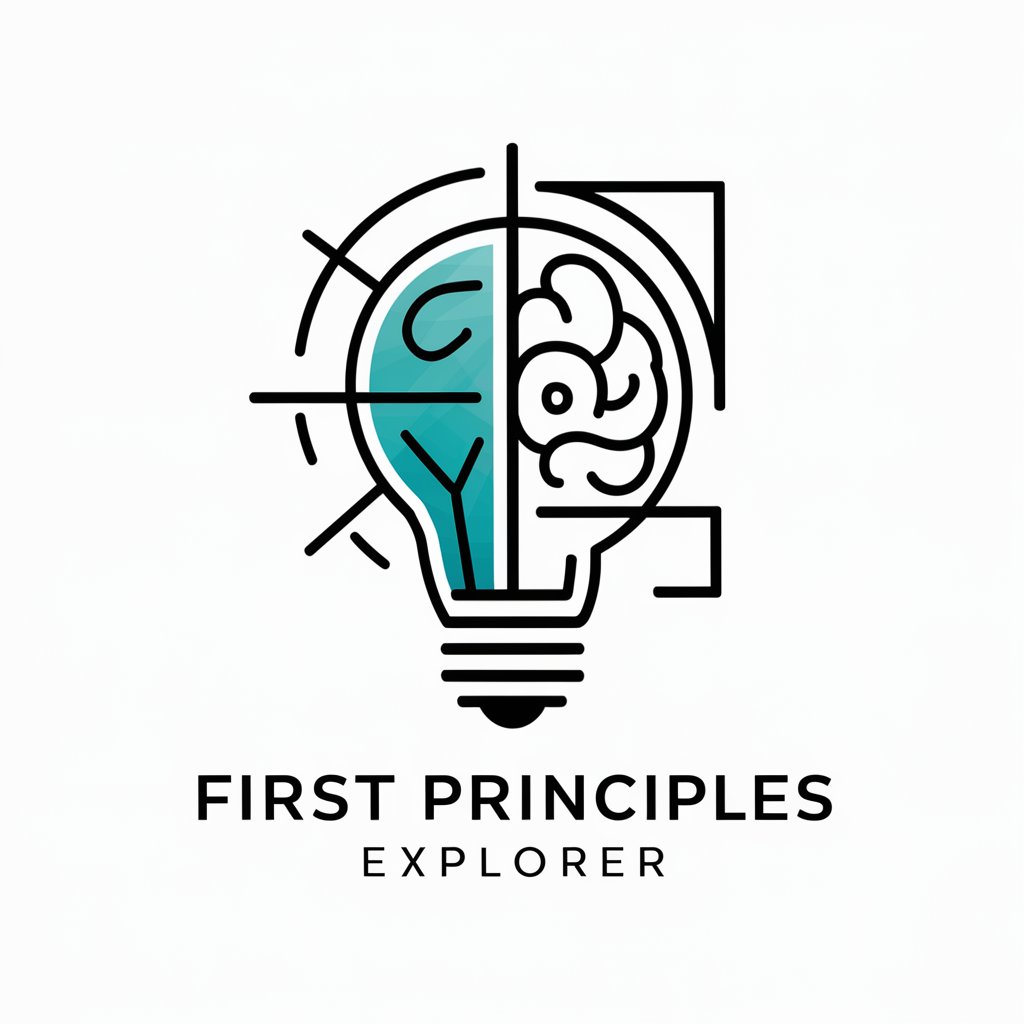
First Principle Analyzer
Decompose complexity with AI-powered analysis.
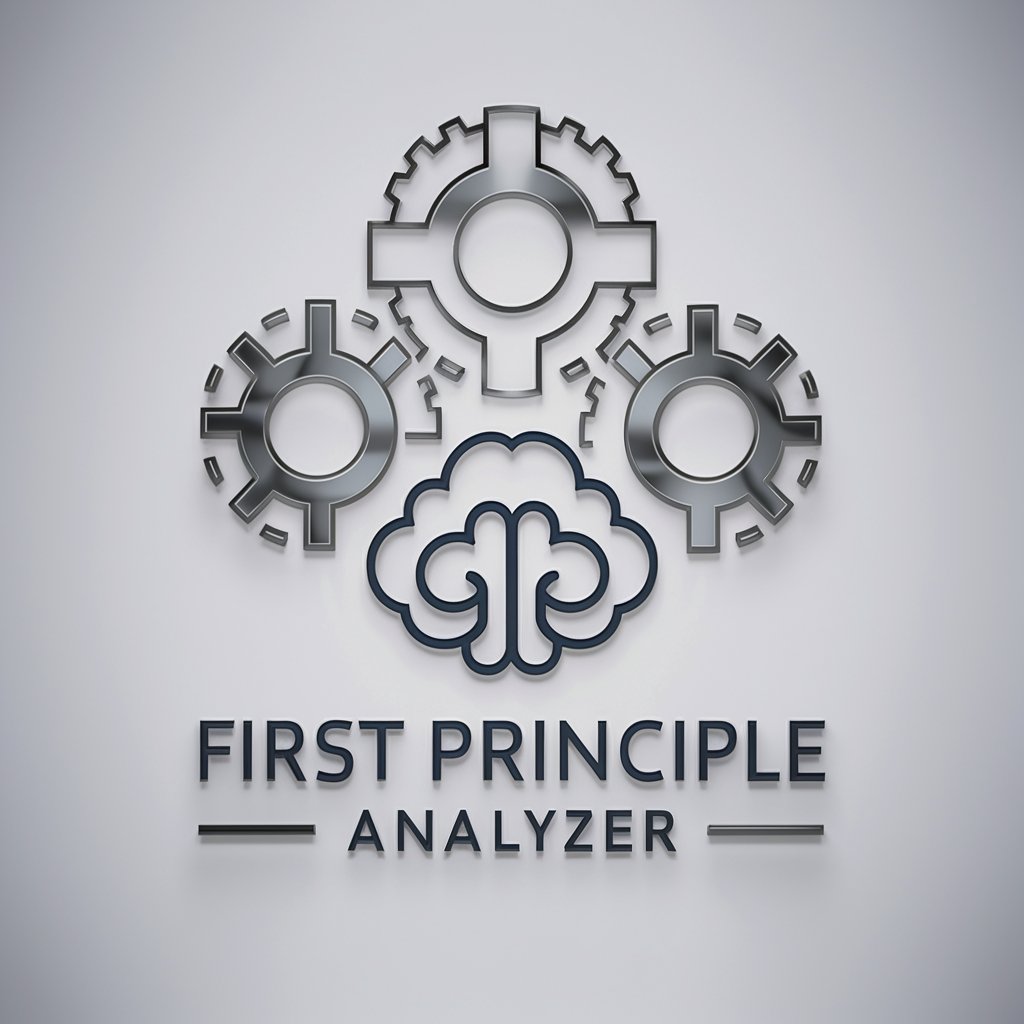
80/20 Principle Analysis
Maximize efficiency with AI-driven 80/20 analysis.
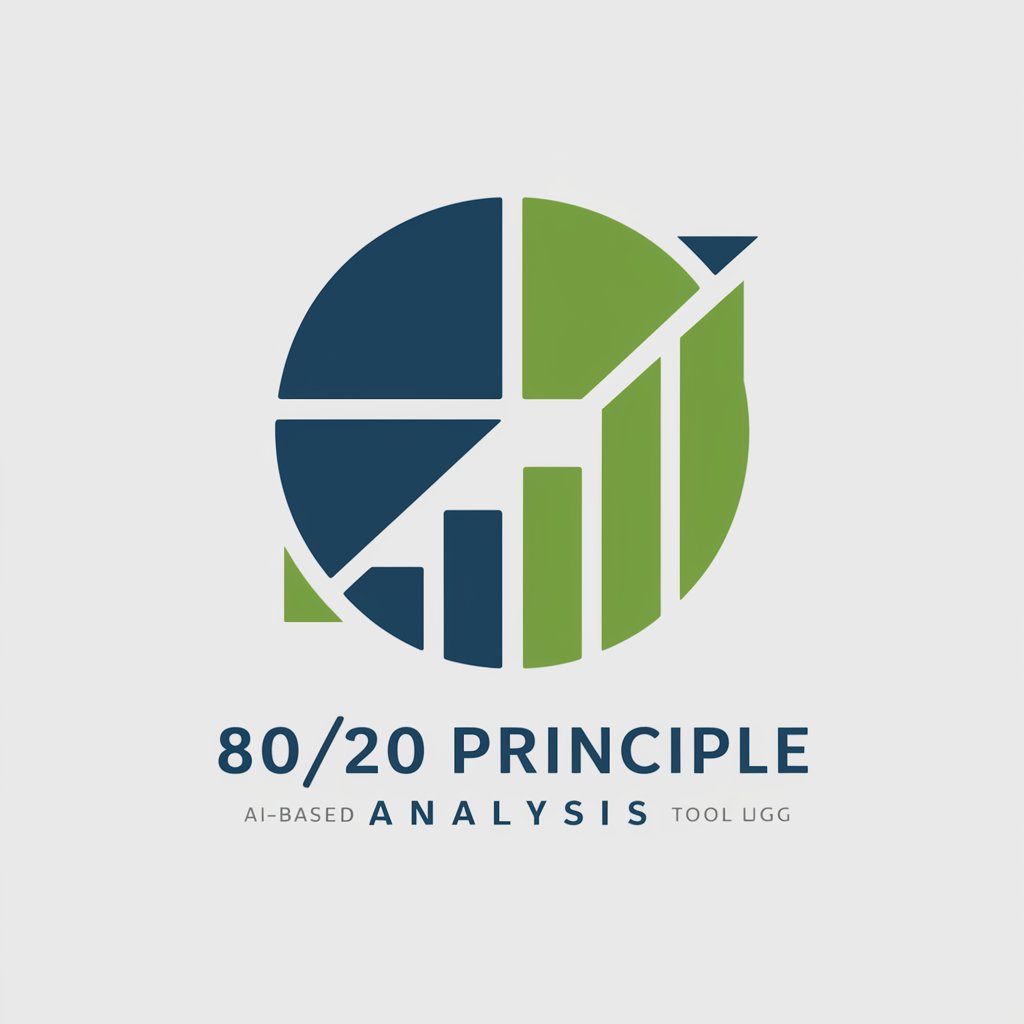
Principle Navigator
Empowering Creativity with AI
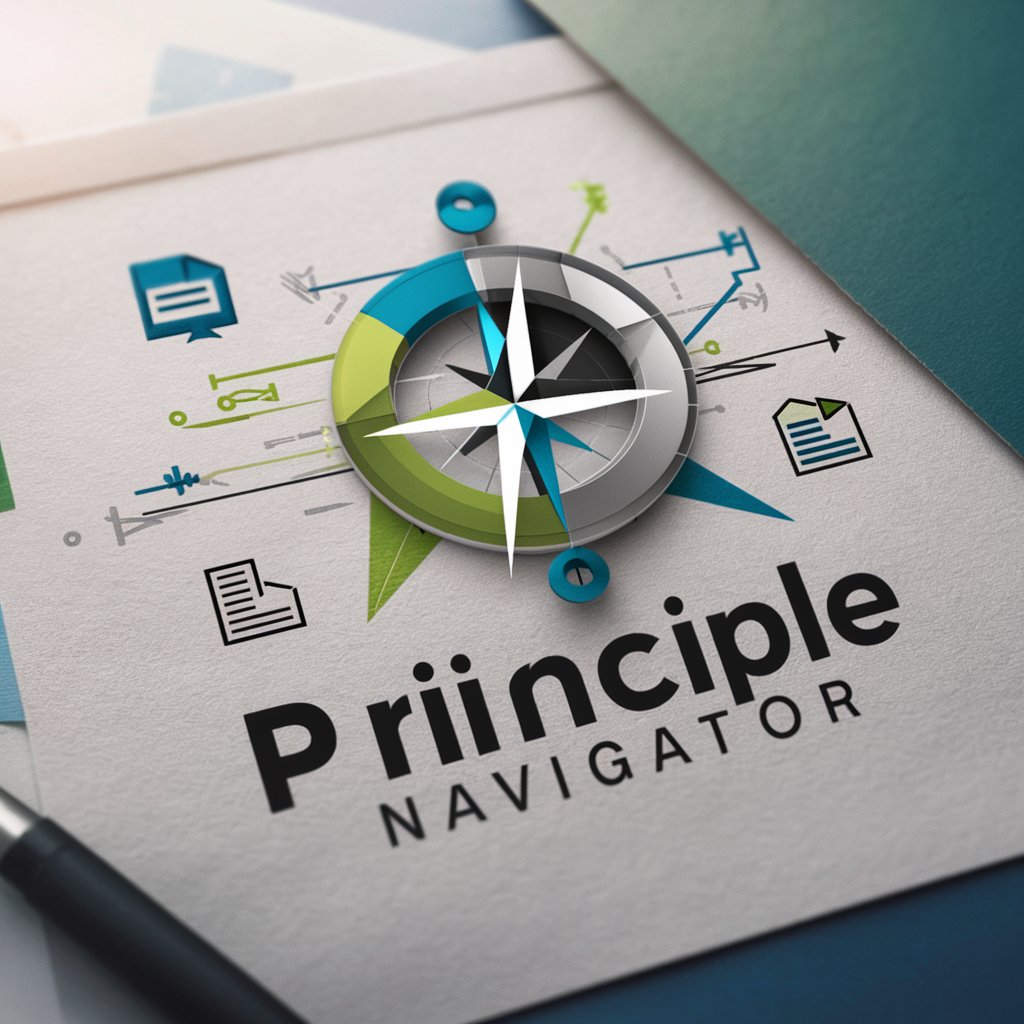
Computer Pros
Instant AI-powered tech support at your fingertips.

HOCK
Unleash Creativity with AI-Powered Ingenuity

Pyramid Principle Communicator
Sharpen Your Message with AI-Powered Structure
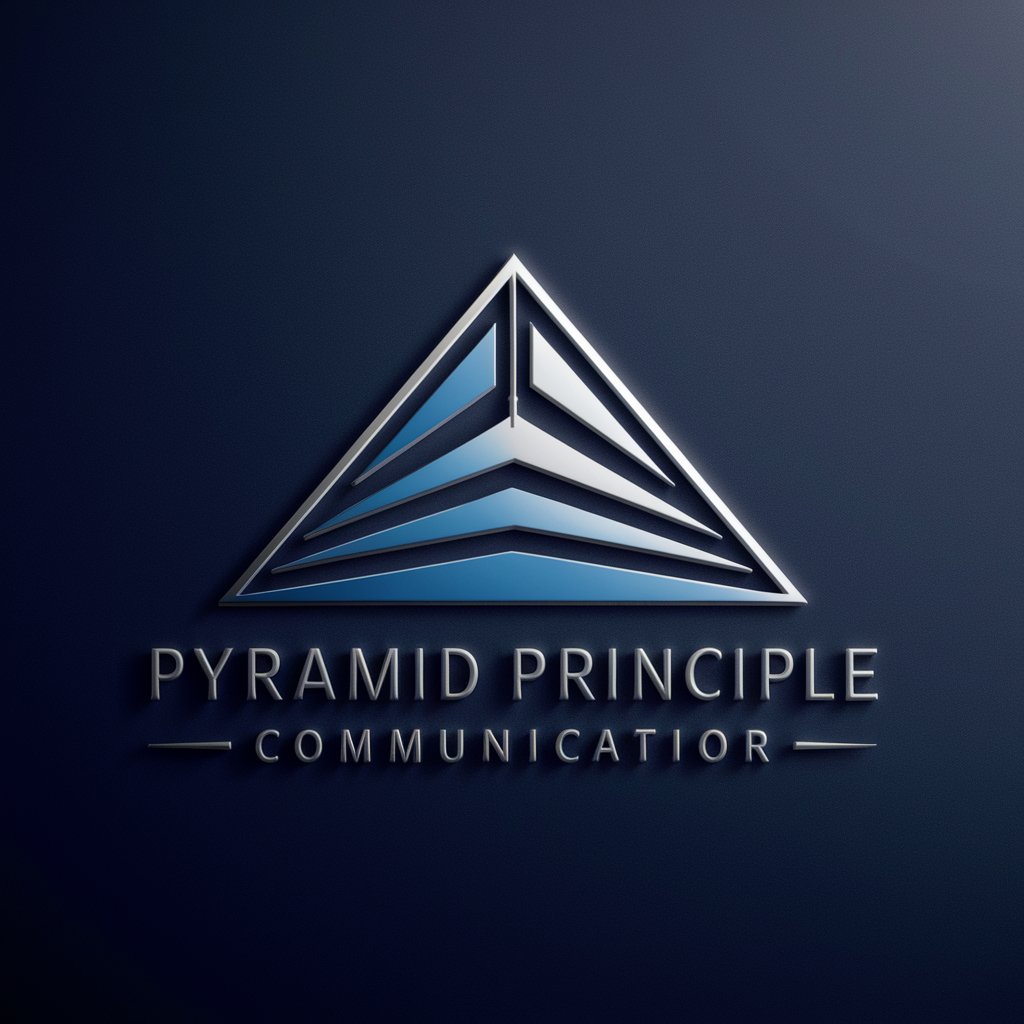
Frist Principle Builder
Decoding Complexity with AI-Powered Logic

Documentary 'The Principle'
Exploring the universe, challenging perceptions.

Principle Analyzer
Illuminating Core Principles with AI
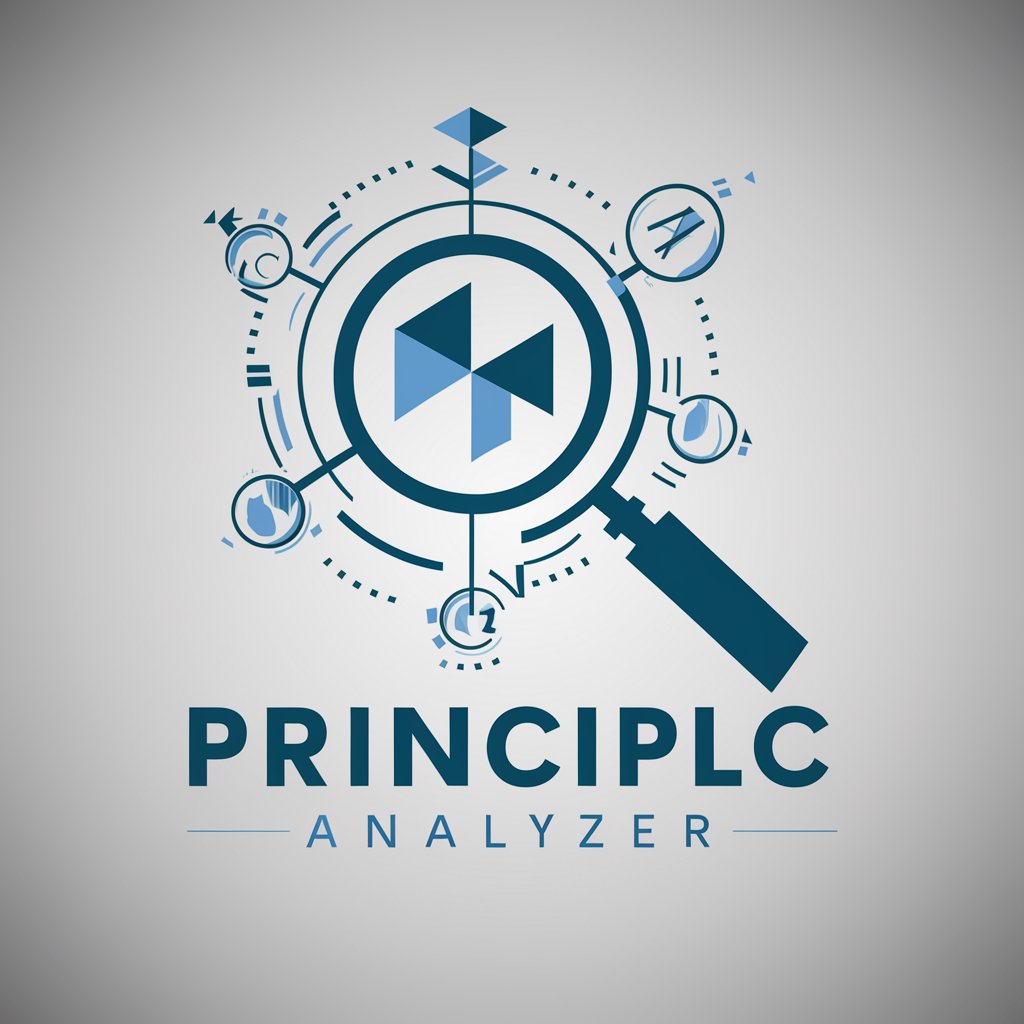
Principle Navigator
Decomposing Complexity with AI

First Principle Navigator
Unlock Solutions with AI-Powered Insights
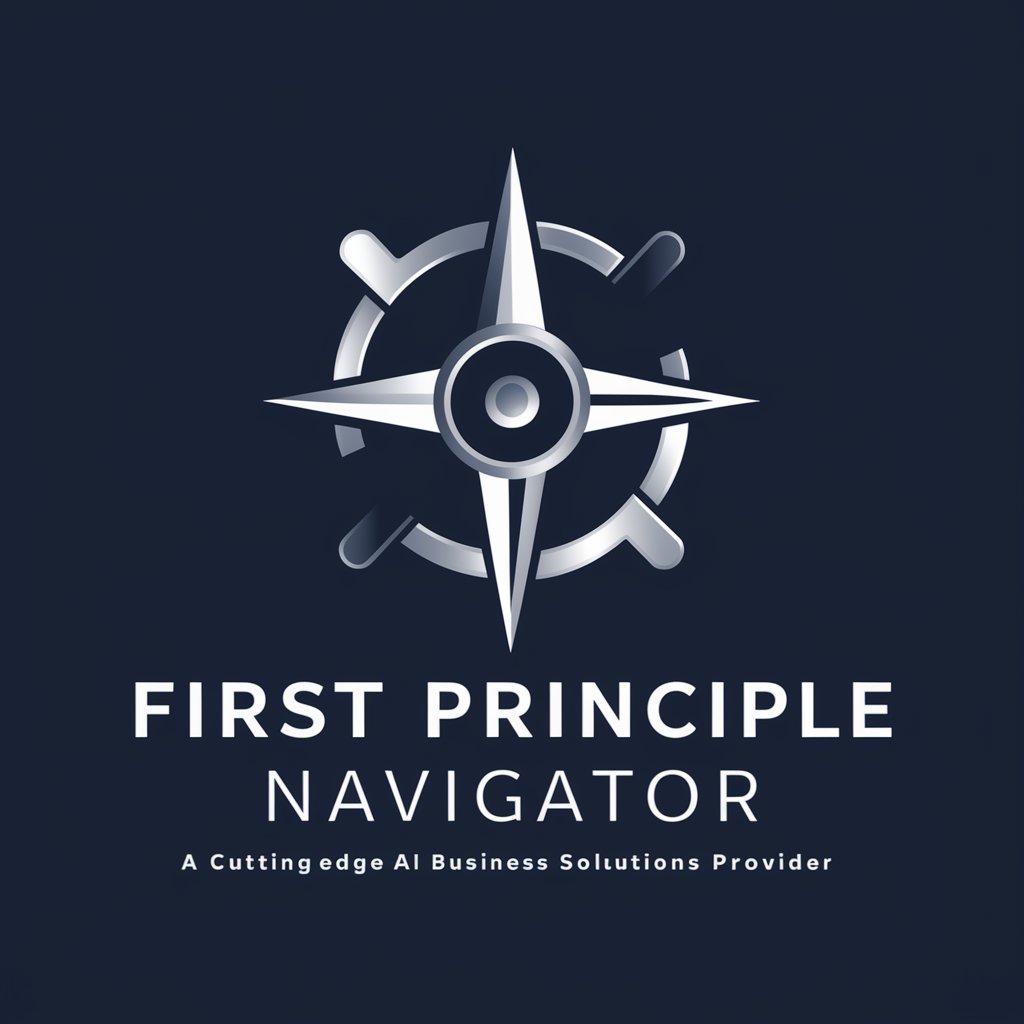
Detailed Q&A on First Principle Guide
What is First Principle Thinking?
First Principle Thinking is a foundational problem-solving approach that involves breaking down complex problems into their most basic, fundamental elements. By stripping away assumptions and conventions, it allows for a deeper understanding and often innovative solutions.
How can First Principle Guide assist in academic research?
The tool aids in academic research by encouraging a critical analysis of existing knowledge, questioning assumptions, and helping to identify new angles or hypotheses for exploration, thus fostering original contributions to a field of study.
Can First Principle Guide help in product development?
Absolutely. By breaking down existing products to their fundamental principles, it enables users to identify unnecessary complexities, challenge industry norms, and uncover innovative features or designs that meet users' needs more effectively.
What makes First Principle Guide different from other AI tools?
Its focus on First Principle Thinking sets it apart. While other tools might provide answers based on existing knowledge or data, this guide pushes users to explore the foundational aspects of their queries, encouraging innovation and deep understanding.
How can beginners effectively use First Principle Guide?
Beginners should start by familiarizing themselves with the basics of First Principle Thinking. Then, approach the guide with specific, clear questions and be prepared to engage in a back-and-forth dialogue, using the answers as a springboard for further inquiry and reflection.
